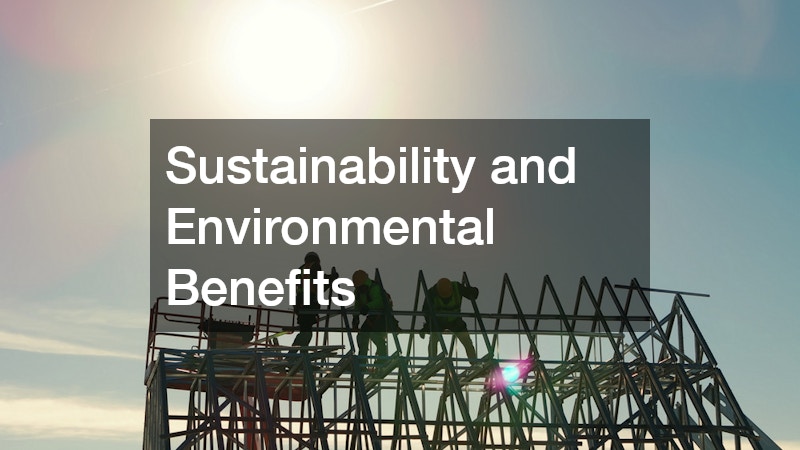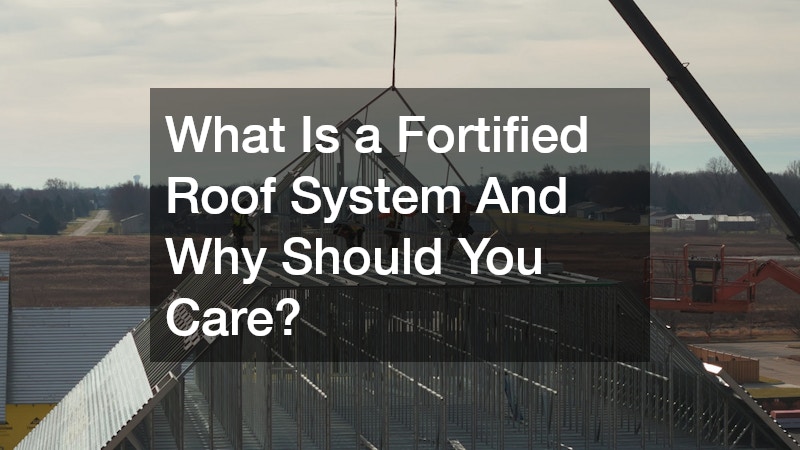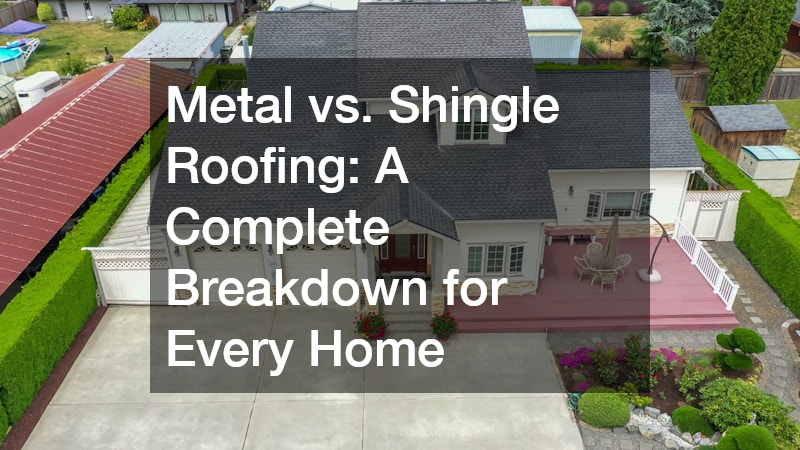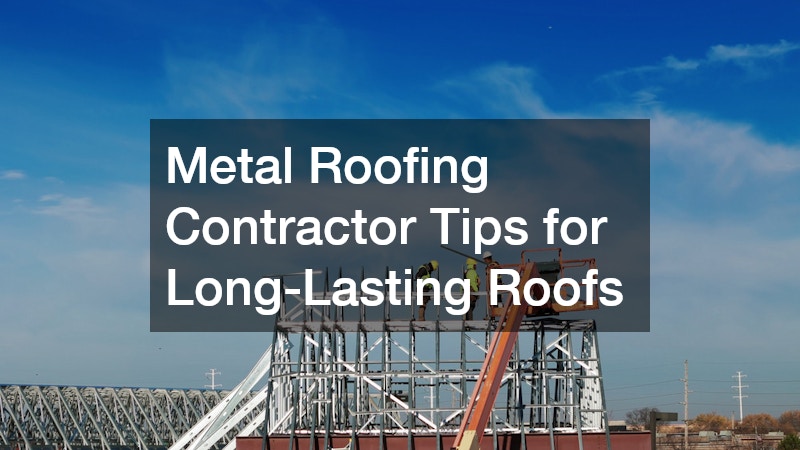What Is a Fortified Roof System And Why Should You Care?
The concept of a fortified roof system is gaining attention in the construction industry, especially in areas prone to severe weather conditions. But what exactly is a fortified roof system, and why is it important for homeowners and builders alike? This article will explore these questions and more, providing insights into the benefits and features of fortified roofing.
What Constitutes a Fortified Roof System?
Definition and Components
A fortified roof system refers to a set of construction practices and materials designed to enhance the durability and resilience of a roof against harsh weather conditions. Key components often include high-quality materials, innovative sealing methods, and structural enhancements.
These elements work together to create a robust roofing solution capable of withstanding the impacts of nature.
Materials used in a fortified roof system are typically selected for their ability to endure extreme environmental forces. For example, shingles made out of impact-resistant materials can minimize damage during hailstorms. Additionally, advanced sealing techniques help prevent water infiltration, reducing the risk of moisture-related issues over time.
Structural enhancements often involve reinforced frameworks and the strategic use of fasteners to secure roofing components. This ensures that the roof remains intact even during high winds. Such strategic construction decisions are critical in safeguarding both the roof and the home beneath it.
Benefits of a Fortified Roof
Implementing a fortified roof system can lead to increased safety, extended roof life, and potentially lower insurance premiums. This approach not only preserves the structural integrity of the building but also offers peace of mind to homeowners. Knowing that your home is equipped to handle severe weather can significantly reduce stress and anxiety during storm seasons.
One of the enticing benefits of fortified roofing is the potential for reduced insurance premiums. Many insurance companies offer discounts to homeowners who invest in such resilient systems, as they are less likely to incur storm damage claims. Over time, these savings can add up, making the initial investment in fortified roofing a sound financial decision.
Beyond financial benefits, a fortified roof system contributes to the overall longevity of the home. By proactively addressing vulnerabilities, maintenance needs are minimized, allowing homeowners to focus on other improvement projects. The enduring quality of a fortified roof thus helps maintain or even enhance property values.
How a Fortified Roof System Works
Mechanisms of Protection
A fortified roof system employs a variety of strategies to resist damage from wind, hail, and rain. One mechanism involves enhanced attachment techniques, which ensure that all roofing materials are securely fastened. To further bolster protection, water-resistant barriers are installed, guarding against leaks and water damage.
In regions prone to strong winds, fortified roofs may utilize additional bracing and securement points. This ensures that the roof can withstand wind forces without succumbing to uplift or displacement. The use of impact-resistant materials, such as specially designed shingles, serves to protect against physical damage from debris and hailstones.
Case Studies: Success Stories
There are multiple instances where fortified roof systems have successfully protected homes during severe weather events. For instance, during a hurricane in the southeastern United States, homes with fortified roofs showed markedly reduced damage compared to those with traditional roofs. An anecdotal example comes from a homeowner in Texas who reported minimal damage during a severe storm despite widespread destruction in their neighborhood.
Another case involved a community in Florida that embraced fortified roofing as part of their rebuilding efforts after a devastating hurricane season. Their commitment to investing in strong roofing practices paid off during subsequent storms, as their homes resisted structural damage more effectively. These real-world examples underline the practical benefits of fortified roofing systems.
Why You Should Consider a Fortified Roof System
Cost vs. Value Analysis
Although the upfront cost of installing a fortified roof system might be higher than traditional roofing, the long-term savings on repairs and insurance, along with increased property value, can outweigh the initial investment. When evaluating roofing options, it’s important to consider not just the immediate price but also the potential financial impact over time. With minimal maintenance and repair costs, these systems often prove to be economically beneficial in the long run.
Additionally, the installation of a fortified roof can enhance the overall value of your property. Prospective buyers often recognize the advantages of a fortified roof, viewing it as a hallmark of responsible homeownership. By committing to this upgraded roofing solution, you could see a positive return on your investment should you decide to sell.
Sustainability and Environmental Benefits
Fortified roof systems can contribute to sustainable building practices by reducing waste, enhancing energy efficiency, and using eco-friendly materials. Choosing sustainably sourced materials for your fortified roof reflects a commitment to environmental responsibility. These materials often come with the added benefit of improved insulation, contributing to the energy efficiency of the entire home.
Improved energy efficiency translates to lower heating and cooling costs throughout the year, benefiting both the planet and the homeowner’s wallet. Furthermore, by reducing the frequency of repairs and replacements, a fortified roof helps decrease the amount of construction waste generated over a building’s lifecycle. Such sustainability measures align well with current consumer demands for greener, more efficient living solutions.
A fortified roof system offers numerous advantages in terms of protection, cost savings, and sustainability. Understanding the intricacies of this system can help homeowners make informed decisions about their roofing needs, ultimately leading to safer and more resilient homes. As the demand for durable and environmentally friendly housing solutions continues to rise, fortified roofing stands out as a beneficial choice for modern homeowners.



